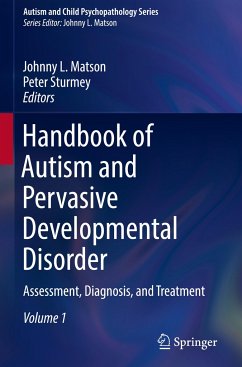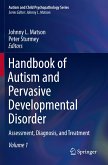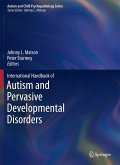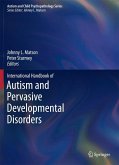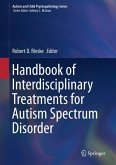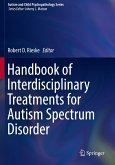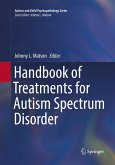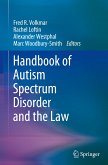This handbook provides a substantive foundation of autism theory and research, including a comprehensive overview, conceptualization, and history of autism spectrum disorder (ASD) and pervasive developmental disorder (PDD). This robust reference work integrates the broad scholarly base of literature coupled with a trenchant analysis of the state of the field in nosology, etiology, assessment, and treatment. Its expert contributors examine findings and controversies (e.g., the actual prevalence of autism) as well as longstanding topics of interest as well as emerging issues from around the globe. In addition, the handbook describes multiple assessments, diagnoses, interventions and treatments for autism and PDD. It addresses such key topics as assessment of core symptoms and comorbidities, risk factors, epidemiology, diagnostic systems, neuroscience as well as issues regarding family adaptation. In addition, the handbook explores the rapidly evolving and expanding topics of medications,diets, fringe and harmful treatments, applied behavior analysis, and early intensive behavioral interventions. Key areas of coverage include: Survey of diagnostic criteria and assessment strategies for autism and pervasive developmental disorder. Genetic, behavioral, biopsychosocial, and cognitive models of autism assessment and treatment. Psychiatric disorders in individuals with ASD. Theory of mind and facial recognition in persons with autism. Diagnostic instruments for assessing core features and challenging behaviors in autism and PDD. Evidence-based psychosocial, pharmacological, and integrative treatments for autism and other developmental disabilities. Interventions specifically for adults with ASD. Training issues for professionals, parents, and other caregivers of individuals with autism and developmental disabilities. Review of findings of successful and promising therapies coupled with guidance on how to distinguish between dubious and effective treatments for autism and PDD. The handbook is an indispensable resource for researchers, professors, graduate students as well as clinicians, therapists, and other practitioners in clinical child and school psychology, child and adolescent psychiatry, social work, special education, behavioral rehabilitation, pediatric medicine, developmental psychology, and all allied disciplines.
Hinweis: Dieser Artikel kann nur an eine deutsche Lieferadresse ausgeliefert werden.
Hinweis: Dieser Artikel kann nur an eine deutsche Lieferadresse ausgeliefert werden.

